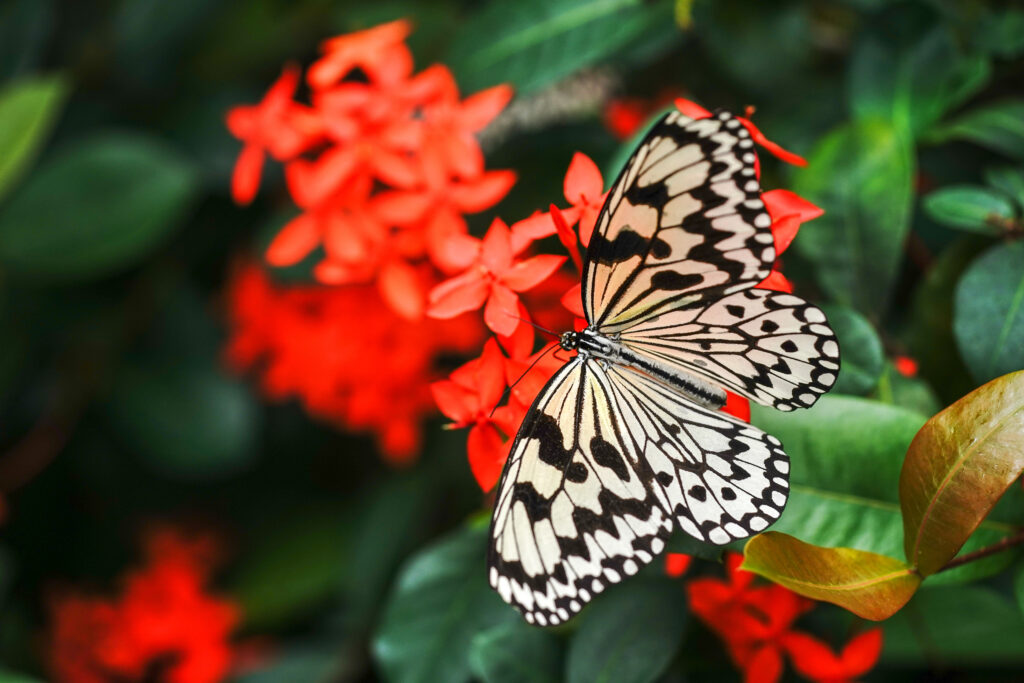Having a garden that is thriving all year round is a rare sight one to truly aspire to. Luckily we have the expert knowledge and advice to help you create a four-season garden for your outdoor space. Selecting the right plants is crucial to ensure year-round success as the seasons change and bring with them varying challenges to face
Springtime begins with the lengthening of days and increasing temperatures, in the UK spring varies from beginning from as early as February to as late as May. One key element for a spring four-season garden is to look at investing in a selection of spring-blooming plants; Daffodils, Hyacinths and Tulips are the stars of the Spring season bringing bursts of colour back to our gardens. Spring is also a great time to take care of pruning and other maintenance tasks, trimming back overgrown or dead branches and helping to maintain your garden in a healthy shape.
Summer brings with it an increase in temperatures, and long sunny days but can lack rain. Summer usually starts in the UK around May/June time and can last as long as into September! To keep your garden looking its best during these hot months, it is essential to choose plants that can handle heat. Look for heat-tolerant or drought-tolerant plants that will be able to store water and not be killed in the summer heat. Perennials, shrubs such as Russian Sage and Butterfly Bushes are great options for long summer days. Once you have picked out the right plants it is important to implement regular watering and maintain moisture levels. Consider installing a drip irrigation system or soaker hoses to deliver water directly to the roots. Mulching around your plants will also help retain moisture in the soil and reduce evaporation.

As Summer ends and Autumn begins to come around towards the end of September and the beginning of October, we start to see the changes in nature the most dramatically. This is a time to celebrate the change in your four-season garden, you can look to plant shrubs and trees that reflect the autumn colours such as maples, oaks and dogwood. Consider also planting some late-blooming perennials and ornamental grasses to add some texture and movement. Plats like Asters, sedums and fountain grasses will continue to bloom whilst the temperatures begin to fall slowly into winter.
Winter may seem like a time when not much is happening in your garden and this is the biggest mistake gardeners can make. Evergreen plants will continue to thrive in these cold conditions and will need pruning and tending. A lot of winter vegetation may include berries such as winterberry and holly which will add little pops of colour to a more subdued garden. It is essential to take this time to take steps to protect sensitive plants from the frost of the year. Consider applying mulch to beds and around the base of plants to insulate roots and minimise reactions to temperature fluctuations. Some plants may require covering with burlap or cloth during particularly cold spells to protect them also.
Maintaining a healthy garden all year round is a labour of love that requires a lot of care and attention. One crucial aspect is making sure basic gardening practices are maintained to help promote a healthy garden. Water, proper fertilisation and timely pruning remove many issues before they arise and help prevent pests and diseases from spreading quickly. Mulching helps provide cover and nutrients and is a very important part of successful year-round maintenance and even adding aged manure or compost can help add those extra nutrients soil might need throughout the year.
It is very hard to be able to know what the year ahead has in store for your garden, and you can’t plan for every eventuality, but you can learn and gain knowledge to help prevent problems the best you can to help grow a healthy garden. By selecting the right plants for the season and applying the proper maintenance techniques, you will be well on your way to having a visually stunning garden all year round!
